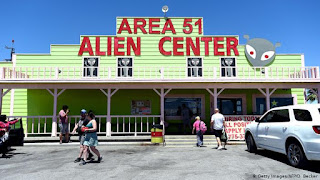Yes, parking.
The emailer was passionate about the subject. He called himself “the parking industry’s leading publicist,” which is kind of like being “the most famous 50-something male named Stanhope is Suisun City.”
His missive discussed how Americans are awful concerning parking issues, including parking lot brawls, which I didn't know was a thing. The author also advocated several changes that could make parking better and offered to help set up interviews for an article on parking.
Interesting, but what I really want is some help on parking.
Because I’m not particularly good at it.
Oh, I’m especially proud of my ability to parallel park better than anyone reading this column (think I’m wrong? Well, you’re wrong!). But parking in a closed structure? Not so great.
I’ve written before about my difficulties in the Stanhope Family Garage, which include ripping the side-view mirrors off both sides of vehicles and a memorable experience when I backed our old minivan into a closed garage door.
But that’s old news. Parking inside isn't. Take an incident from about a year ago.
My office has a subterranean parking garage. It’s three huge floors of vehicles – which always makes me feel, as I navigate my way from my Prius to the elevators, like I’m in a 1970s detective movie and a deranged gunman is about to shoot me. It echoes. It’s cold. There’s plenty of room for bad guys to hide.
And I make it all the way to the elevators every day, because I'm courageous.
Anyway, on the day in question, I pulled into my space (in a parking garage, like in a meeting room, there are no assigned spaces. Except you sit or park in the same space every time). I don't remember whether I was listening to a podcast or thinking about my coming day or contemplating a time when I'd get an email from the parking industry's leading publicist.
Anyway, I heard a loud crunch.
"Dang, I scratched my car," I mumbled.
Wrong. I didn't scratch it, I crunched it. Which is why I heard a crunch and not a scratch.
I got out and saw the front driver's-side panel was dented. Severely. I had driven into a concrete pole while parking.
Since I couldn't fix it, I did the next best thing: I ignored it. I didn't say anything to Mrs. Brad and hoped that one day the big dent would simply reverse itself.
It didn't. A few weeks later, Mrs. Brad saw it, gasped and asked me what happened. I explained, suggesting that the concrete pole had moved in front of me.
She wasn't impressed. Just like she wasn't impressed on the driver's-side mirror, passenger-side mirror and backing-into-the-garage-door incidents.
Mrs. Brad thought I wasn't paying attention, which was arguably true.
Enough of the blame-casting. Here's the takeaway. We can add technology and smooth out our experiences while parking. We can stop having brawls in parking lots. But until the concrete poles stop jumping in front of innocent 2005 Toyota Priuses (Prii?), we won't fix the parking problem.
Even the parking industry's leading publicist knows that. Right?
Right?
Reach Brad Stanhope at bradstanhope@hotmail.com.



